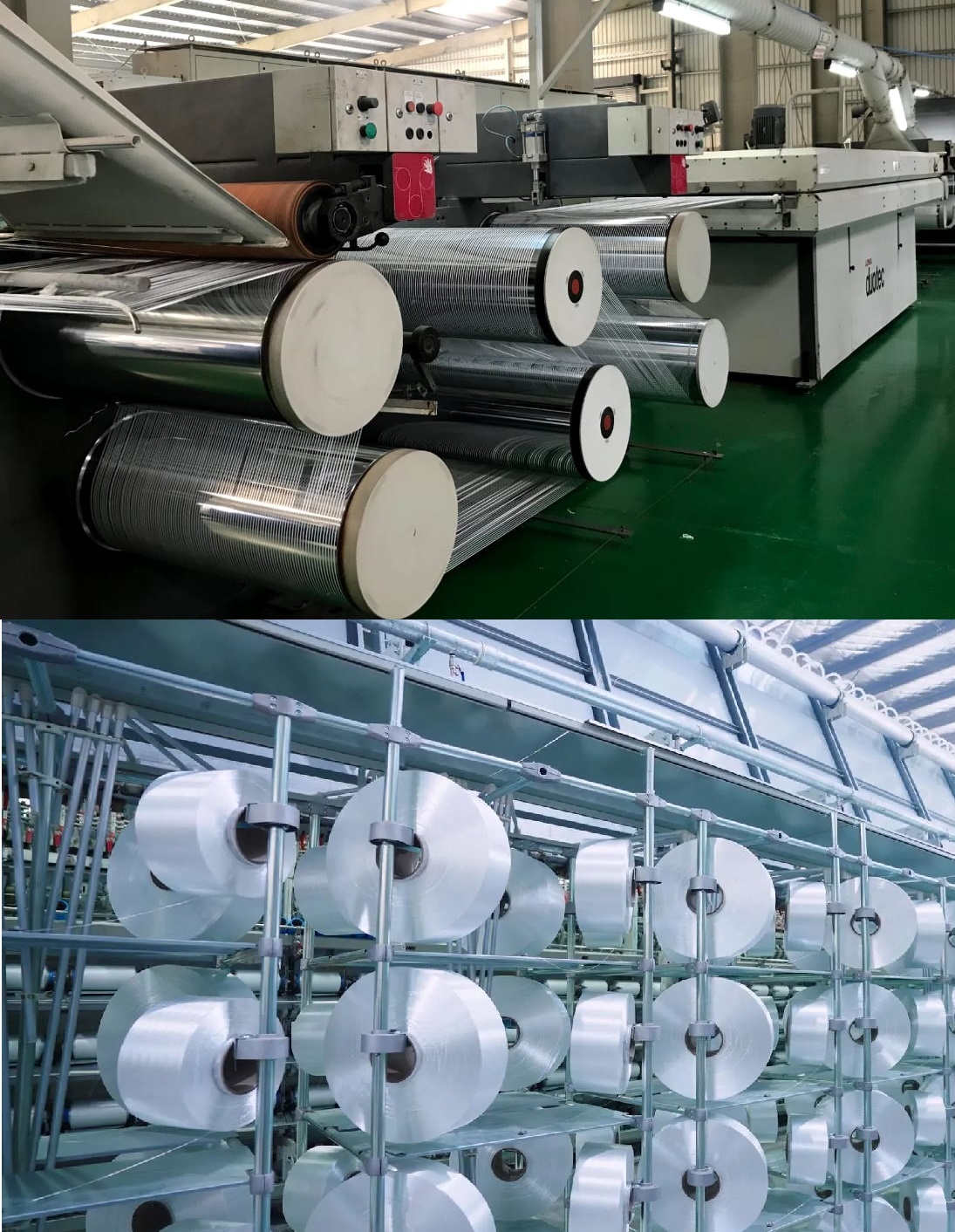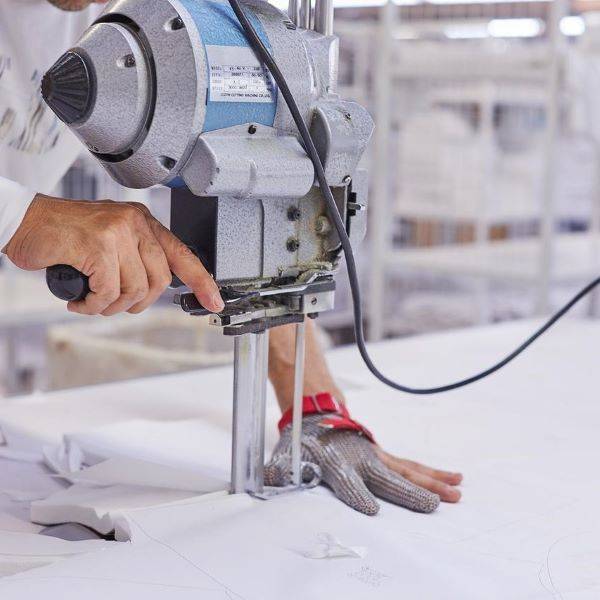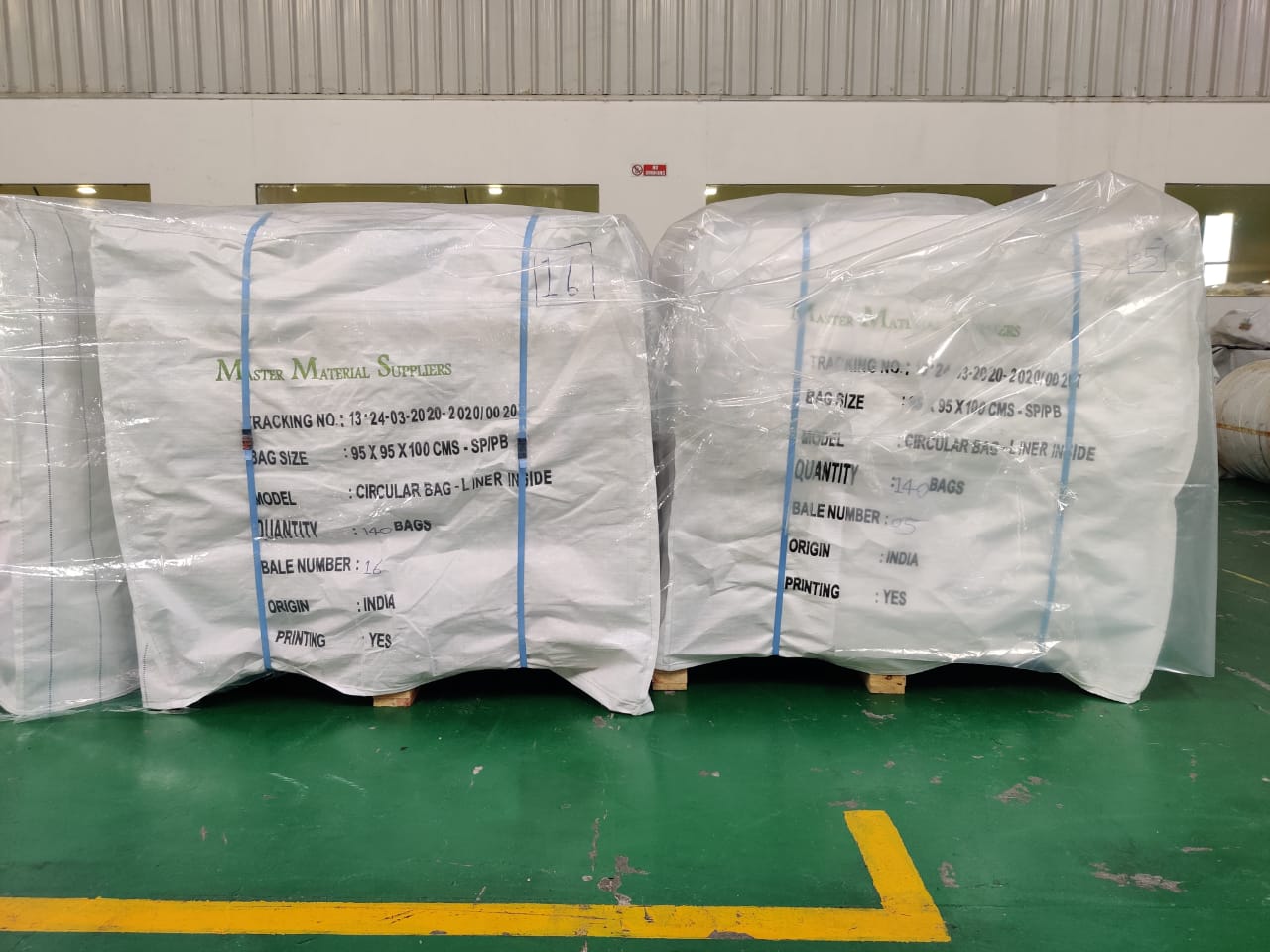Polyester is a category of polymers that mainly comprises of Polyethylene Terephthalate (PET). Polyester is a synthetic polymer made from PTA and MEG. Polyester Yarn is the main products in the polyester category. Almost 40% of the world production of polyester is directly used to make Polyester Yarn.
The main use of Polyester has been in the Textiles field for making Polyester Yarns. Polyester in different forms is used widely in textile application to make polyester (PET)resin and Filament Yarn such as POY, DTY, FDY, DDY, TDY and sable yarns.
We manufacture polyester yarn as per the requirements of bags like strength weight etc. its strength and weight is depends on the which material is packed in this polyester bags.








